Home>Articles>How Old Is My Kitchenaid Mixer By Serial Number?
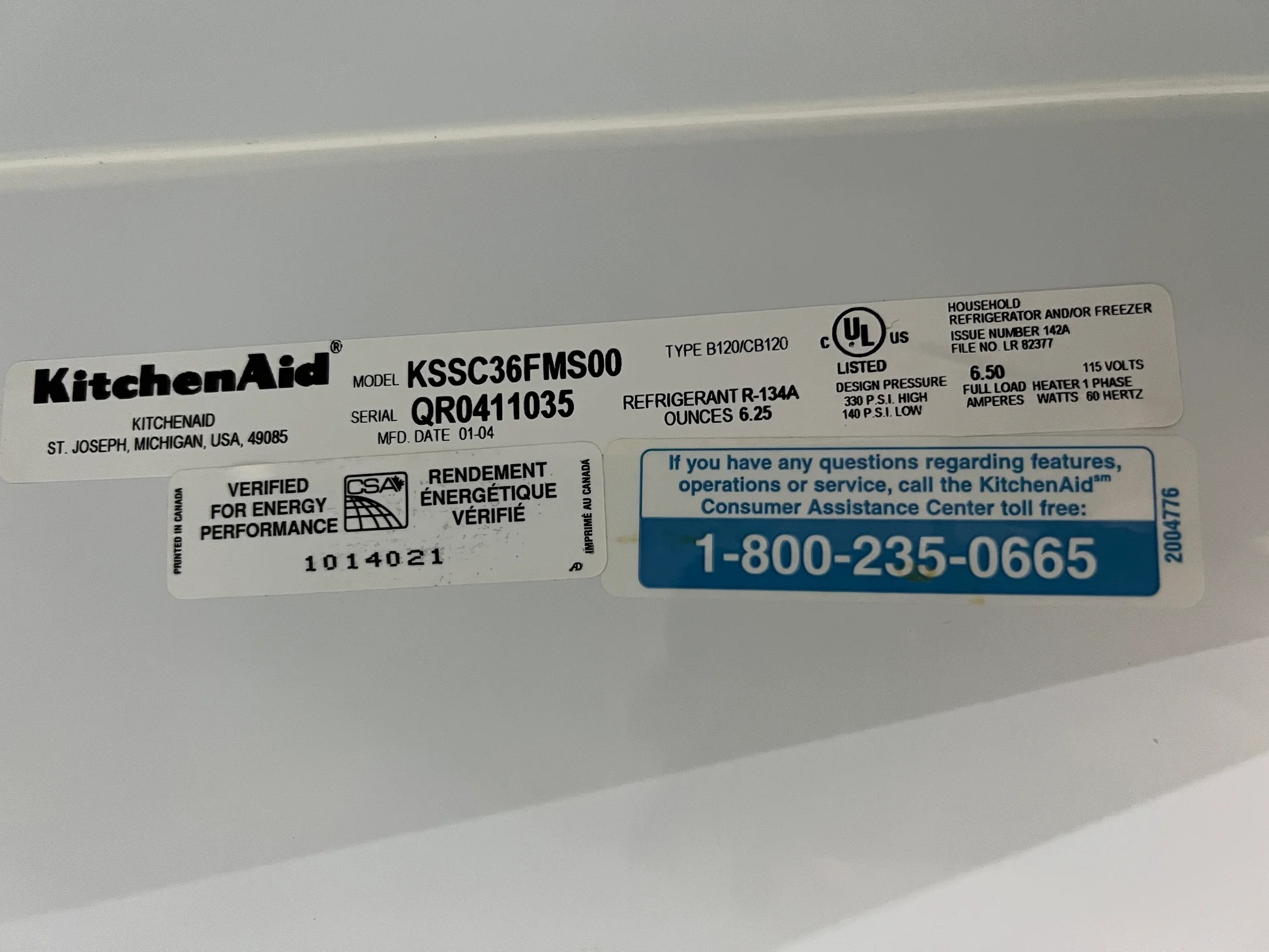

Articles
How Old Is My Kitchenaid Mixer By Serial Number?
Modified: October 20, 2024
Discover how to determine the age of your Kitchenaid mixer using the serial number. Read our informative articles for step-by-step instructions and expert advice.
(Many of the links in this article redirect to a specific reviewed product. Your purchase of these products through affiliate links helps to generate commission for Storables.com, at no extra cost. Learn more)
Introduction
Welcome to the world of Kitchenaid mixers! These iconic kitchen appliances have been a staple in homes for generations. But have you ever wondered how old your Kitchenaid mixer is? Determining the age of your specific model can help you understand its history and potentially provide insights into its performance. In this article, we will explore how to determine the age of your Kitchenaid mixer by decoding its serial number.
Kitchenaid mixers are known for their durability and longevity. Many people inherit these mixers from their parents or grandparents, passing them down as cherished family heirlooms. However, even if you purchased your Kitchenaid mixer brand new, knowing its age can still be a valuable piece of information.
The serial number of your Kitchenaid mixer holds the key to understanding its age. Each model has a unique serial number that can give you important details about when it was manufactured. By decoding the serial number, you’ll be able to pinpoint the exact year and potentially even the month of production.
In the following sections, we’ll guide you through the process of finding the serial number on your Kitchenaid mixer and provide you with the necessary tools to decode it. We’ll also discuss the various factors that can affect the age of your mixer. So, let’s dive in and uncover the secrets of Kitchenaid mixer serial numbers!
Key Takeaways:
- Uncover the hidden story of your Kitchenaid mixer by decoding its serial number to determine its age and production details, providing valuable insights into its history and potential performance.
- Consider additional factors such as usage, maintenance, model, construction materials, environmental conditions, repairs, and manufacturing changes to make informed decisions about the care and maintenance of your Kitchenaid mixer, ensuring its optimal performance and longevity.
Understanding Kitchenaid Mixer Serial Numbers
Kitchenaid mixer serial numbers are alphanumeric codes that provide important information about the production of your mixer. These codes can reveal the manufacturing date, location, and other details specific to your model. Understanding how to interpret these serial numbers is key to unlocking the age and history of your Kitchenaid mixer.
The format of Kitchenaid mixer serial numbers may vary depending on the model and production year. However, most serial numbers consist of a combination of letters and numbers. They are typically located on the bottom or back of the mixer, near the power cord or on the rating plate.
When decoding the serial number, it’s important to pay attention to the key elements that indicate the production date. This includes the year and potentially the month of manufacture. By understanding these codes, you’ll have a clearer picture of when your Kitchenaid mixer rolled off the assembly line.
In addition to the manufacturing date, Kitchenaid mixer serial numbers may also provide information about the specific factory where the mixer was produced. This can be useful for collectors or individuals interested in the history and origins of their mixer.
It’s important to note that Kitchenaid mixer serial numbers do not provide information about the specific model or series. To identify the exact model of your mixer, you may need to refer to the model number which is typically indicated on a separate label or etching on the mixer itself.
Now that we have a basic understanding of Kitchenaid mixer serial numbers, let’s explore how to locate the serial number on your specific model.
How to Find the Serial Number on Your Kitchenaid Mixer
Locating the serial number on your Kitchenaid mixer is a relatively straightforward process. While the exact placement may vary slightly depending on the model, there are a few common locations where you can find the serial number:
- Base of the mixer: Check the base of your Kitchenaid mixer. Look for a sticker or engraved plate that displays the serial number. This is the most common location for the serial number.
- Back of the mixer: In some models, the serial number may be located on the back of the mixer near the power cord. Look for a label or engraving in this area.
- Near the power cord: On certain Kitchenaid mixers, the serial number might be etched or printed near the power cord connection. Carefully examine this area to find the serial number.
- Rating plate: The rating plate is a metal or plastic plate that contains important information about your mixer, including the model number and serial number. It is usually located on the bottom or back of the mixer.
Once you have located the serial number, take note of the alphanumeric code. It is recommended to write it down or take a clear photo for reference. With the serial number in hand, you are ready to decode it and determine the age of your Kitchenaid mixer.
Before we move on to decoding the serial number, it’s worth mentioning that some older Kitchenaid mixers may have worn or faded serial number labels. If you are having trouble reading the serial number, try cleaning the area gently or using a magnifying glass to enhance visibility.
Now that you know where to find the serial number, let’s explore the next step: decoding the serial number to uncover the age of your Kitchenaid mixer.
Decoding the Serial Number
Decoding the serial number of your Kitchenaid mixer is like unlocking a hidden treasure trove of information. By understanding the structure and meaning behind the serial number, you can determine the age and production details of your mixer.
The exact method of decoding the serial number may vary depending on the model and production year. However, there are some common patterns and guidelines to follow. Here’s a general breakdown of how to decode your Kitchenaid mixer’s serial number:
- Identify the manufacturing plant code: The first few characters of the serial number typically represent the manufacturing plant code. These letters or numbers signify the specific factory where your mixer was produced. Some common codes include K for Greenville, Ohio; W for Greenville, Michigan; and L for Findlay, Ohio. You may need to refer to a reference guide or contact Kitchenaid for specific plant code information.
- Locate the production year: The next characters in the serial number usually indicate the production year of your mixer. This can be a single letter or number, or a combination of both. For example, G might represent 2005, while 9 indicates 1999.
- Determine the production month: In some cases, the serial number may also provide information about the production month. This is typically indicated by a letter or number after the production year code. For instance, A might signify January, B for February, and so on.
Keep in mind that there may be additional variations and complexities in deciphering the serial number, especially for mixers produced in earlier years. In such cases, it’s beneficial to consult online resources, Kitchenaid’s customer support, or join forums and communities dedicated to Kitchenaid mixer enthusiasts to gather more information.
Now that you have a general understanding of how to decode the serial number, let’s move on to the exciting part: determining the age of your Kitchenaid mixer.
You can determine the age of your KitchenAid mixer by locating the serial number on the bottom of the appliance. The first two letters in the serial number indicate the year it was manufactured.
Determining the Age of Your Kitchenaid Mixer
Now that you have successfully decoded the serial number of your Kitchenaid mixer, it’s time to determine its age. By deciphering the manufacturing year and potentially the production month, you can pinpoint the exact timeframe when your mixer was made.
To determine the age of your Kitchenaid mixer, follow these steps:
- Identify the production year: Refer to the code that represents the manufacturing year in your serial number. Typically, this will be a letter or number that corresponds to a specific year. Use a reference guide, online resources, or contact Kitchenaid directly to match the code with the appropriate year.
- Determine the production month (if available): If your serial number includes a code for the production month, refer to the corresponding letter or number. This will reveal the specific month in which your mixer was manufactured.
- Combine the year and month: Once you have identified the production year and month (if applicable), combine the information to determine the approximate age of your Kitchenaid mixer. For example, if the serial number indicates a production year of 6 and a production month of E, your mixer was likely made in June of a specific year.
By determining the age of your Kitchenaid mixer, you gain valuable insights into its history and potential performance. Older models may have certain characteristics or features that differentiate them from newer versions. This information can be helpful when troubleshooting issues, finding replacement parts, or understanding any limitations or improvements that may have been made over time.
It’s important to note that while decoding the serial number can provide an approximate production date, it may not be entirely precise. Factors such as variations in manufacturing processes or extended production cycles can impact the accuracy of the date. However, using the serial number as a guide will give you a good estimate of your mixer’s age.
Now that you know how to determine the age of your Kitchenaid mixer, let’s explore some factors that can affect its age and condition.
Factors Affecting the Age of Your Kitchenaid Mixer
Several factors can influence the age and condition of your Kitchenaid mixer, even beyond what the serial number reveals. Understanding these factors can give you a broader perspective on the overall lifespan and performance of your mixer. Here are some key considerations:
- Usage and maintenance: How frequently and intensively your mixer was used, as well as how well it was maintained, can significantly impact its lifespan. Mixers that have been used heavily or subjected to neglect may show signs of wear and tear at a younger age.
- Model and generation: Kitchenaid continuously introduces new models and generations of mixers with various upgrades and improvements. Newer models may have enhanced features, sturdier construction, or improved functionality compared to older ones.
- Material and construction: The quality of the materials used and the overall construction of the mixer can influence its durability. Stainless steel or robust metal components may withstand the test of time better than plastic parts.
- Environmental conditions: The environment in which your mixer is stored and used can have an impact on its age. Exposure to excessive heat, humidity, dust, or moisture can accelerate the aging process and potentially lead to malfunctions.
- Repairs and modifications: Any repairs or modifications done to your mixer over the years can affect its overall age. Replacement of parts or internal adjustments may alter the original production date or performance of the mixer.
- Manufacturing changes: Kitchenaid occasionally makes changes in their manufacturing processes or components, which can affect the longevity and performance of mixers within a specific production range. These changes may not be reflected in the serial number alone.
It’s important to consider these factors alongside the age determined by the serial number when assessing the overall condition and potential longevity of your Kitchenaid mixer. While the serial number provides a starting point, these additional factors help paint a more comprehensive picture of the mixer’s age and expected performance.
By understanding these factors, you can make informed decisions about maintenance, repairs, or upgrades to keep your Kitchenaid mixer in optimal working condition.
Now that we have explored the various factors affecting the age of your mixer, let’s conclude our article.
Conclusion
Decoding the serial number of your Kitchenaid mixer is like uncovering a hidden story, allowing you to determine its age and production details. By understanding the structure of the serial number and following the decoding process, you can pinpoint the approximate manufacturing year and potentially even the month of your mixer.
Knowing the age of your Kitchenaid mixer provides valuable insights into its history and potential performance. Older models may have unique features or characteristics that differentiate them from newer versions. This information can be helpful for troubleshooting, finding replacement parts, or understanding any limitations or improvements that may have been made over time.
It’s important to remember that while the serial number can give you a good estimate of your mixer’s age, there are other factors to consider. Usage, maintenance, model, construction materials, environmental conditions, repairs, and manufacturing changes can all affect the overall lifespan and condition of your mixer.
By understanding these additional factors, you can make informed decisions about the care and maintenance of your mixer. Regular cleaning, proper usage, and timely repairs can help extend its lifespan and ensure optimal performance for years to come.
Whether you inherited your Kitchenaid mixer from a family member or bought it brand new, unraveling its age is an exciting journey. It adds a personal touch to your culinary adventures and allows you to appreciate the longevity and reliability of this iconic kitchen appliance.
So, next time you whip up a batch of cookies or knead dough for a homemade loaf of bread, take a moment to reflect on the age and history of your trusty Kitchenaid mixer. And remember, it’s not just a kitchen tool – it’s a cherished piece of culinary heritage.
Frequently Asked Questions about How Old Is My Kitchenaid Mixer By Serial Number?
Was this page helpful?
At Storables.com, we guarantee accurate and reliable information. Our content, validated by Expert Board Contributors, is crafted following stringent Editorial Policies. We're committed to providing you with well-researched, expert-backed insights for all your informational needs.
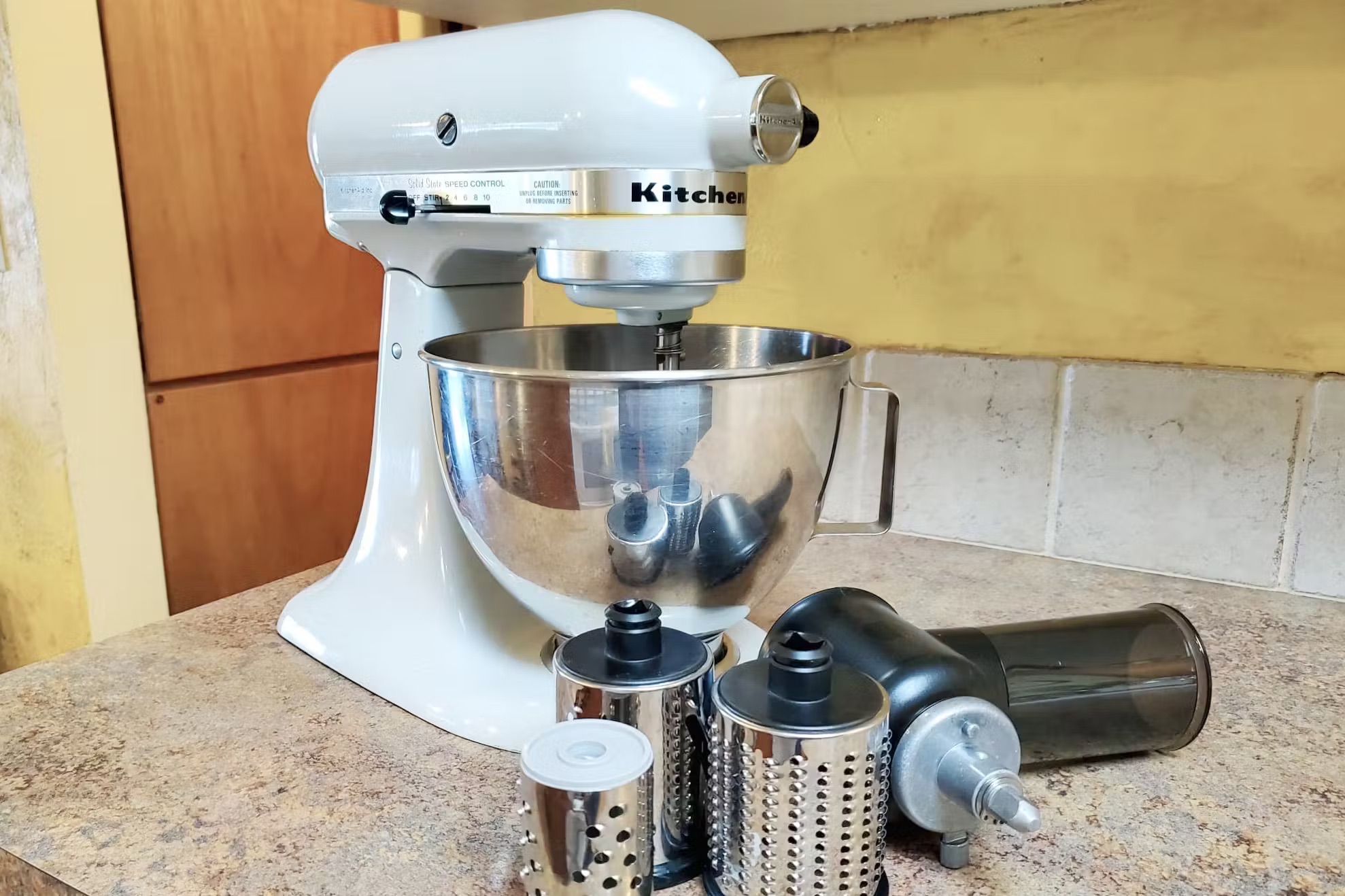
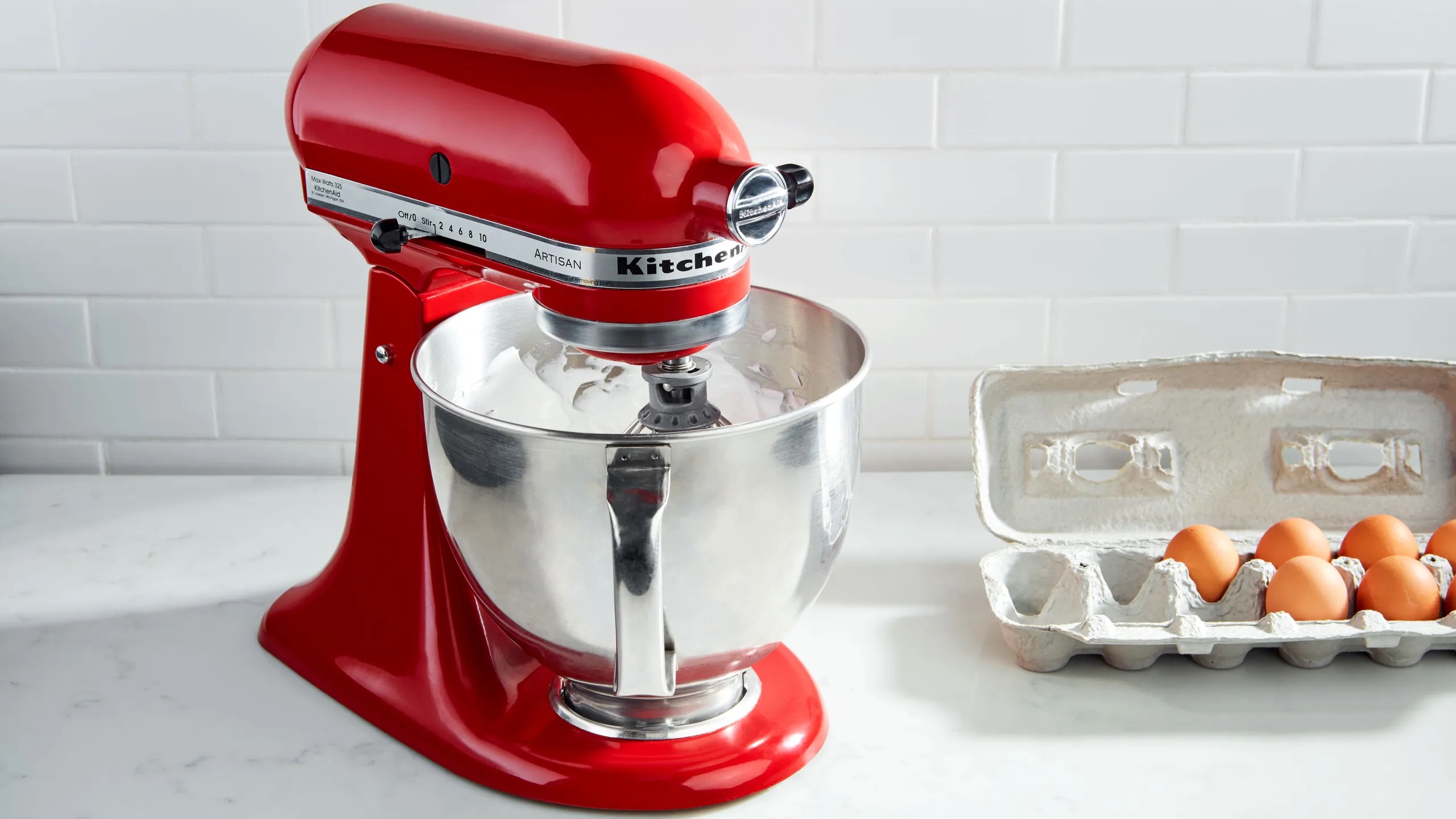
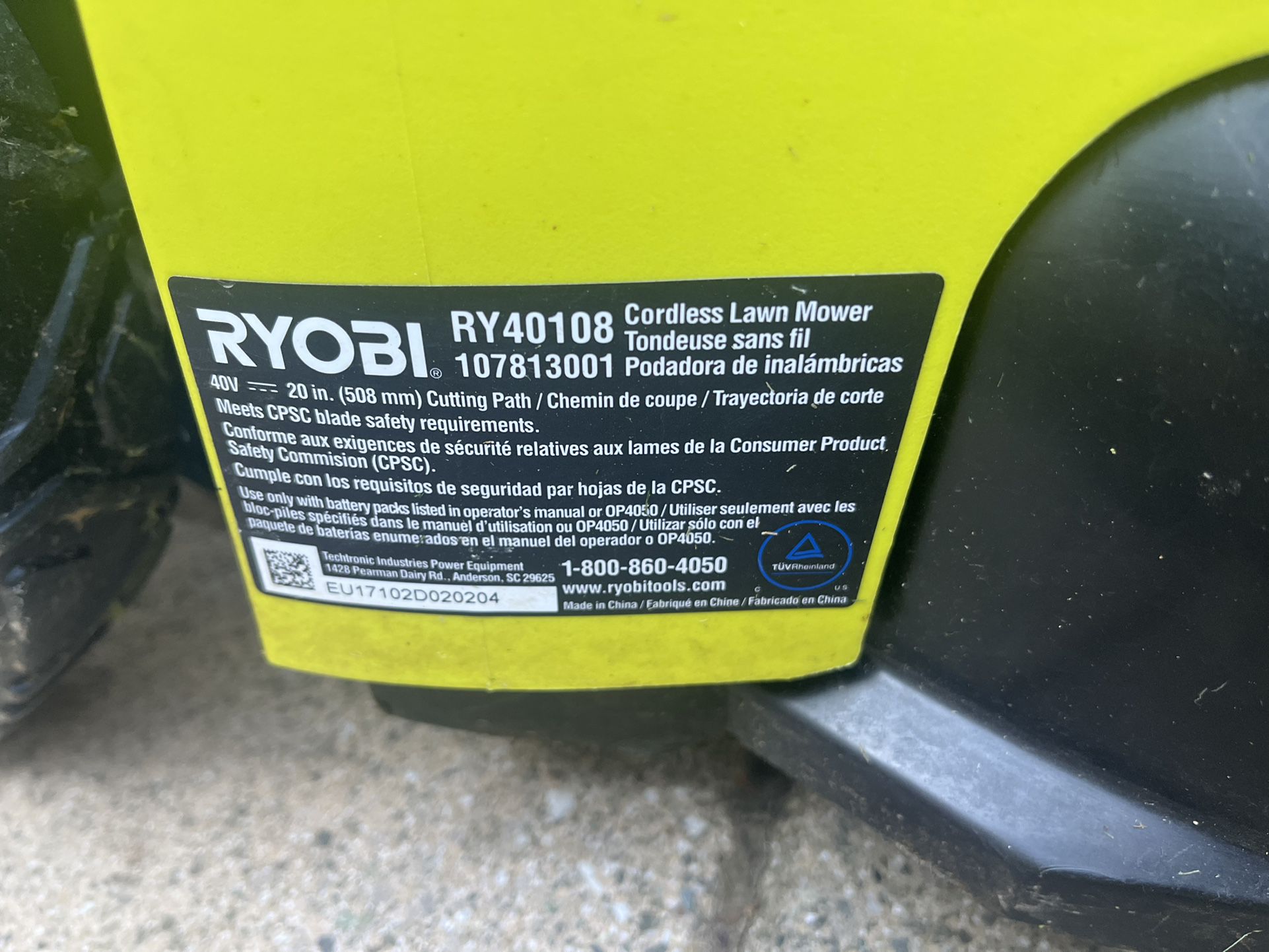
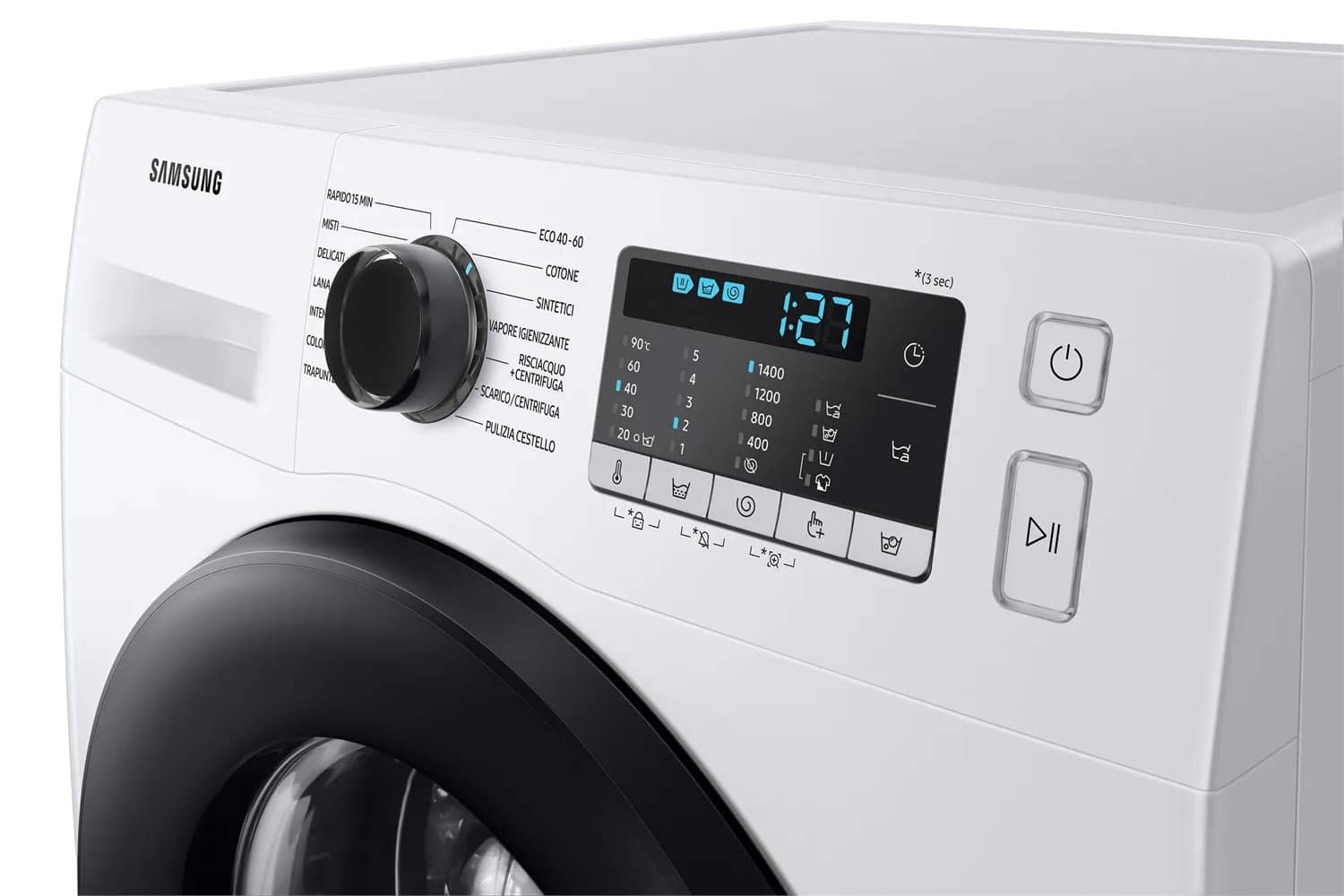
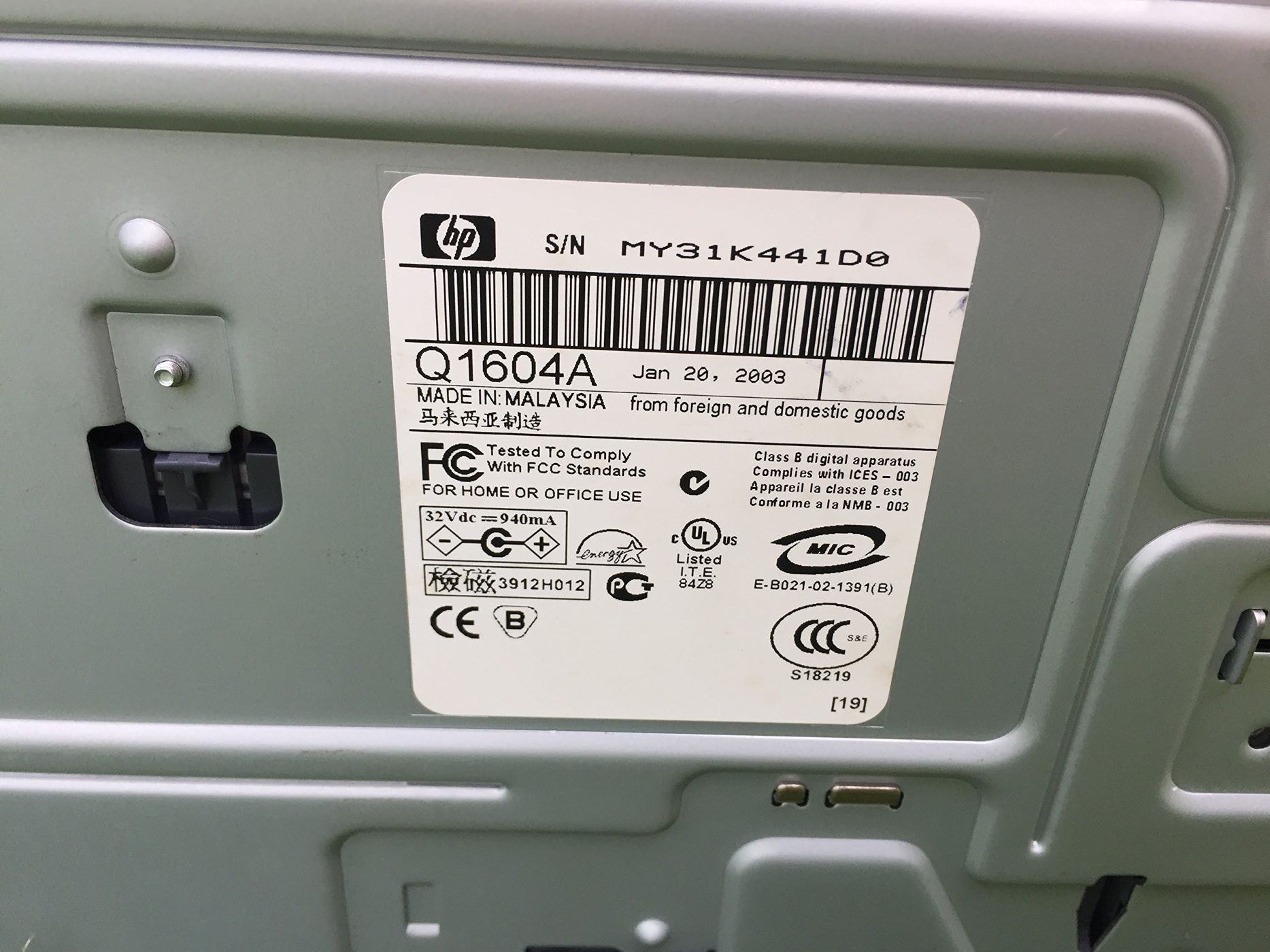
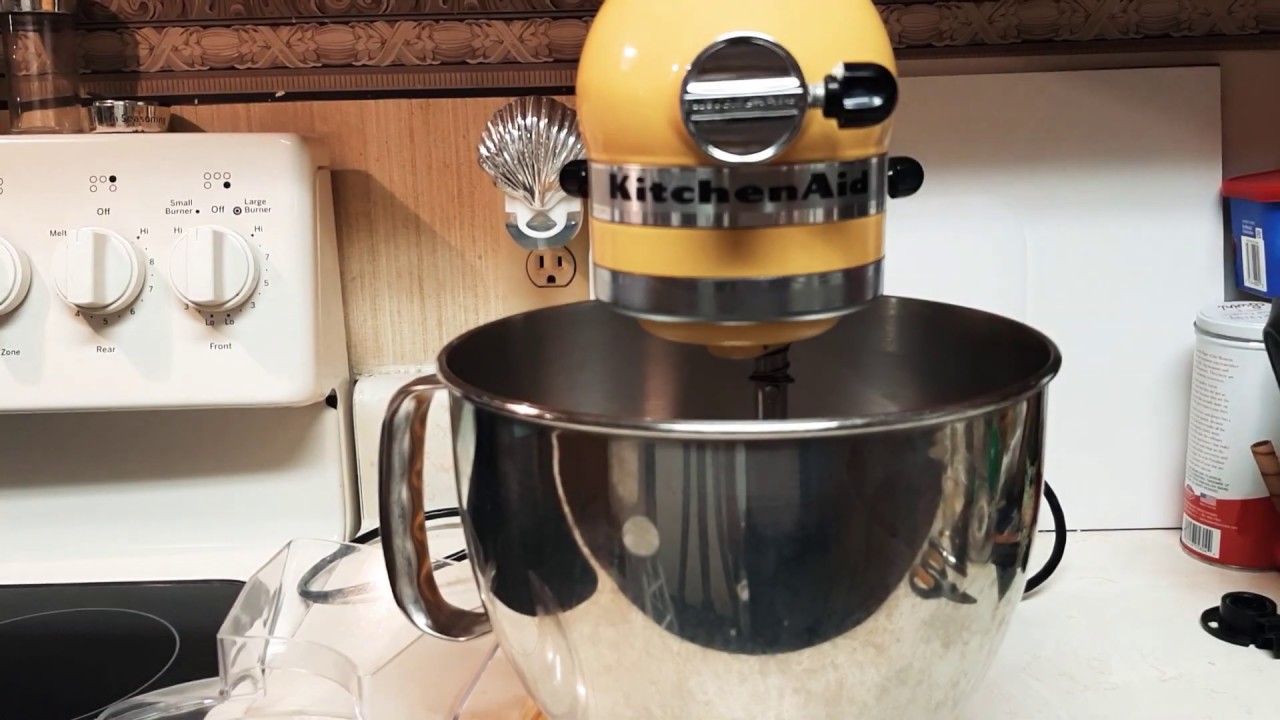
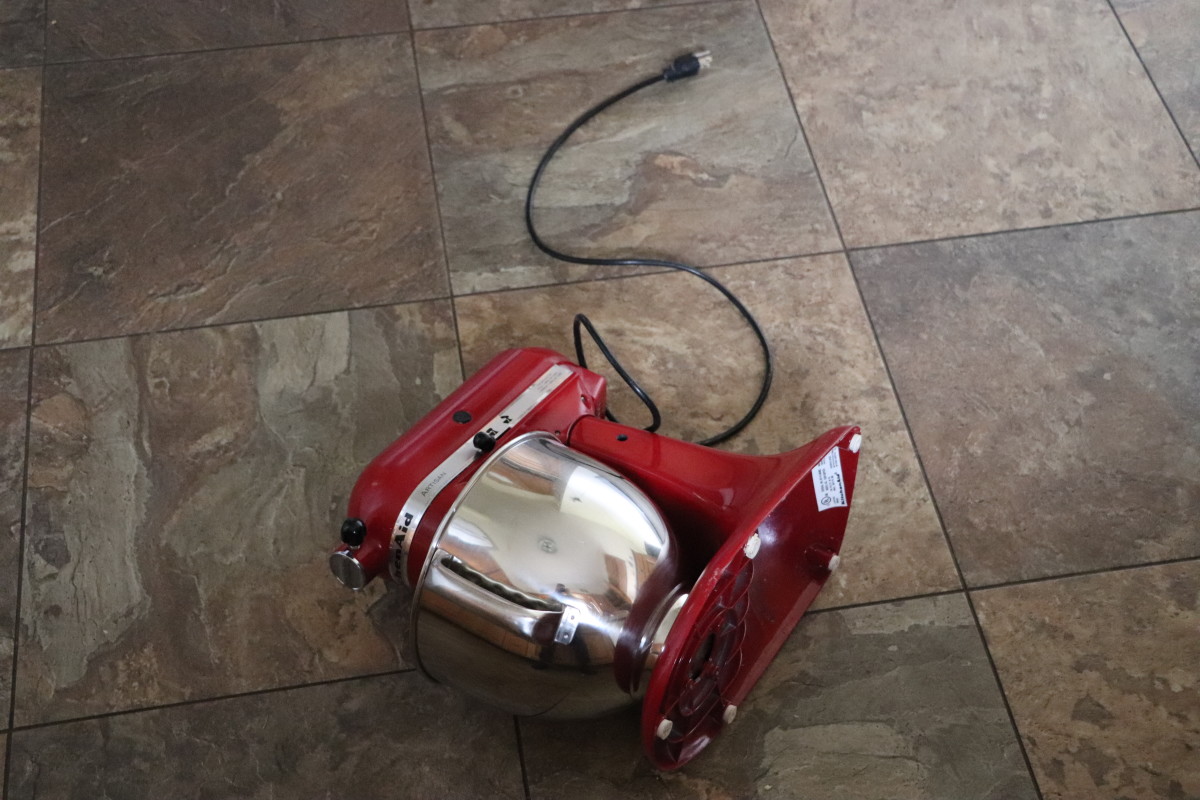
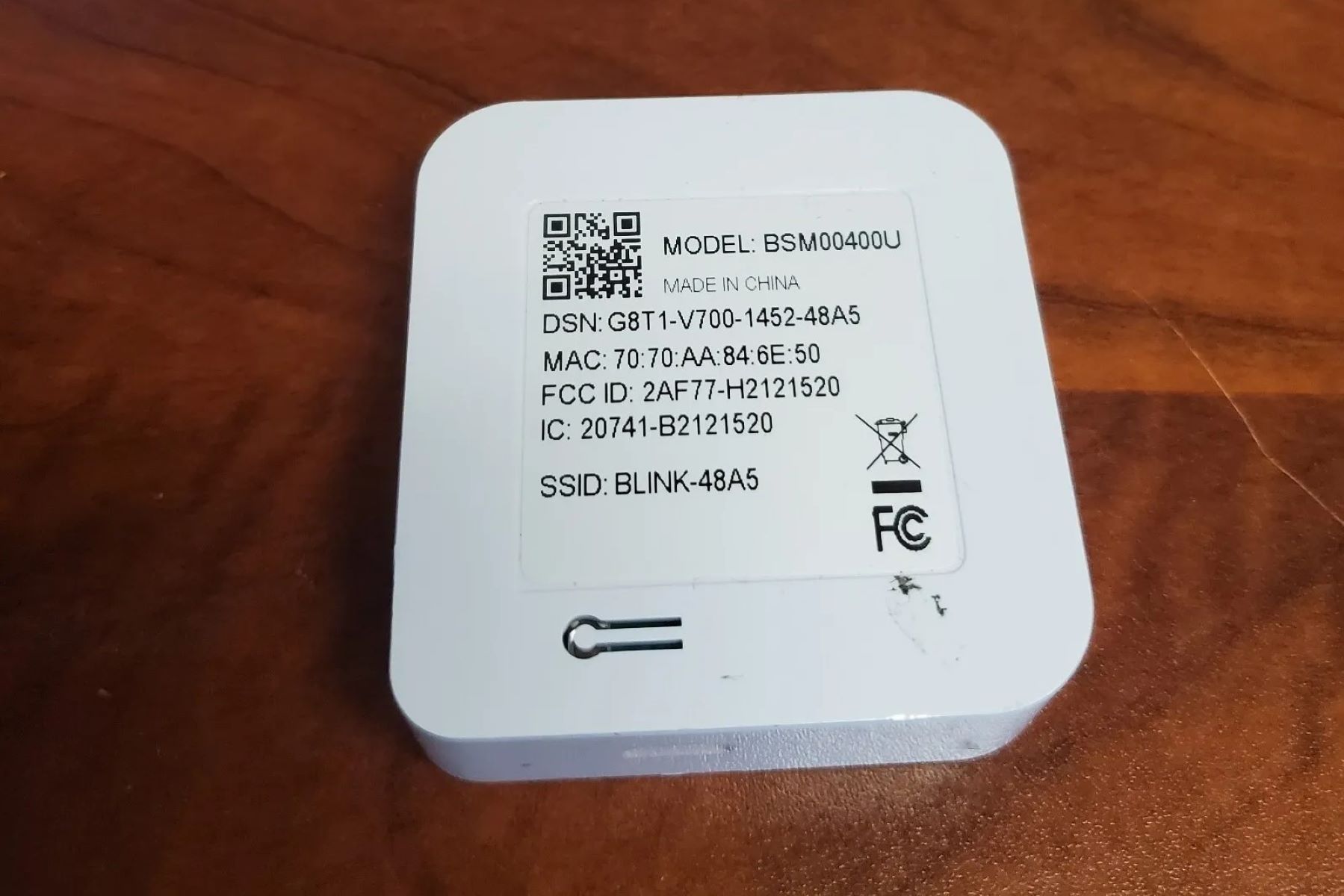

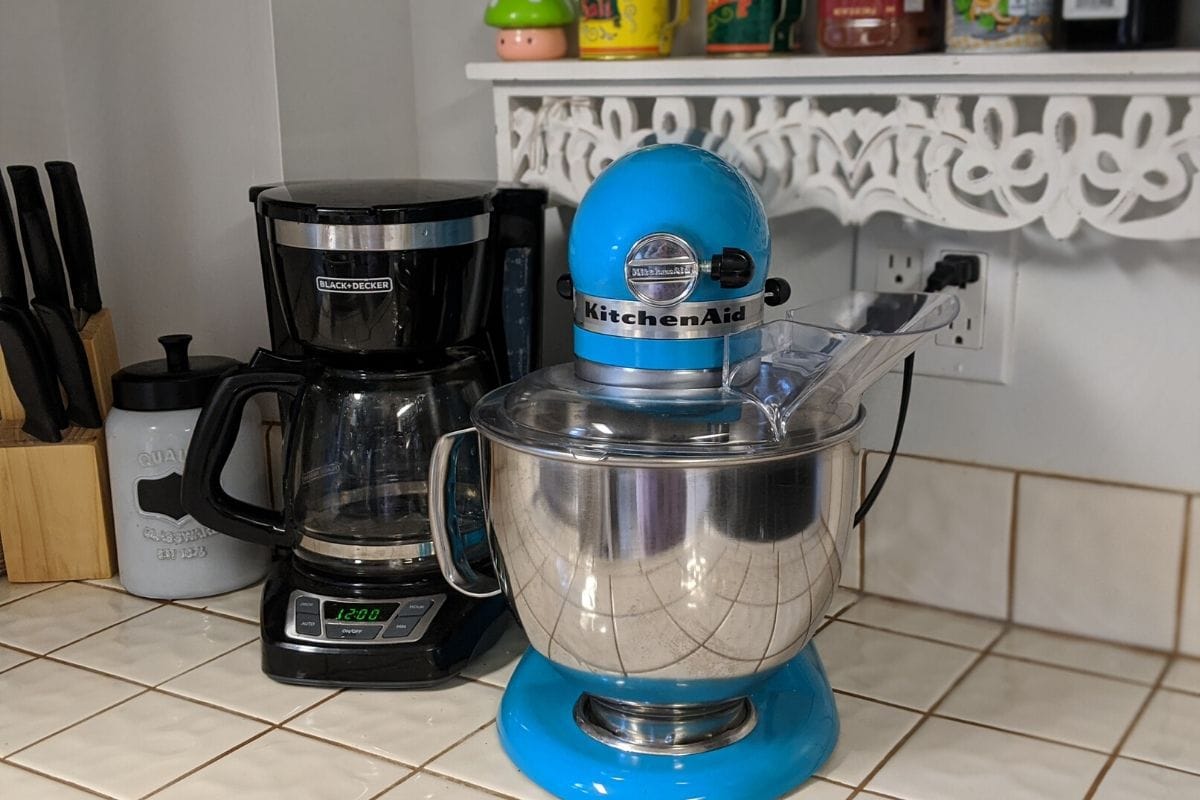
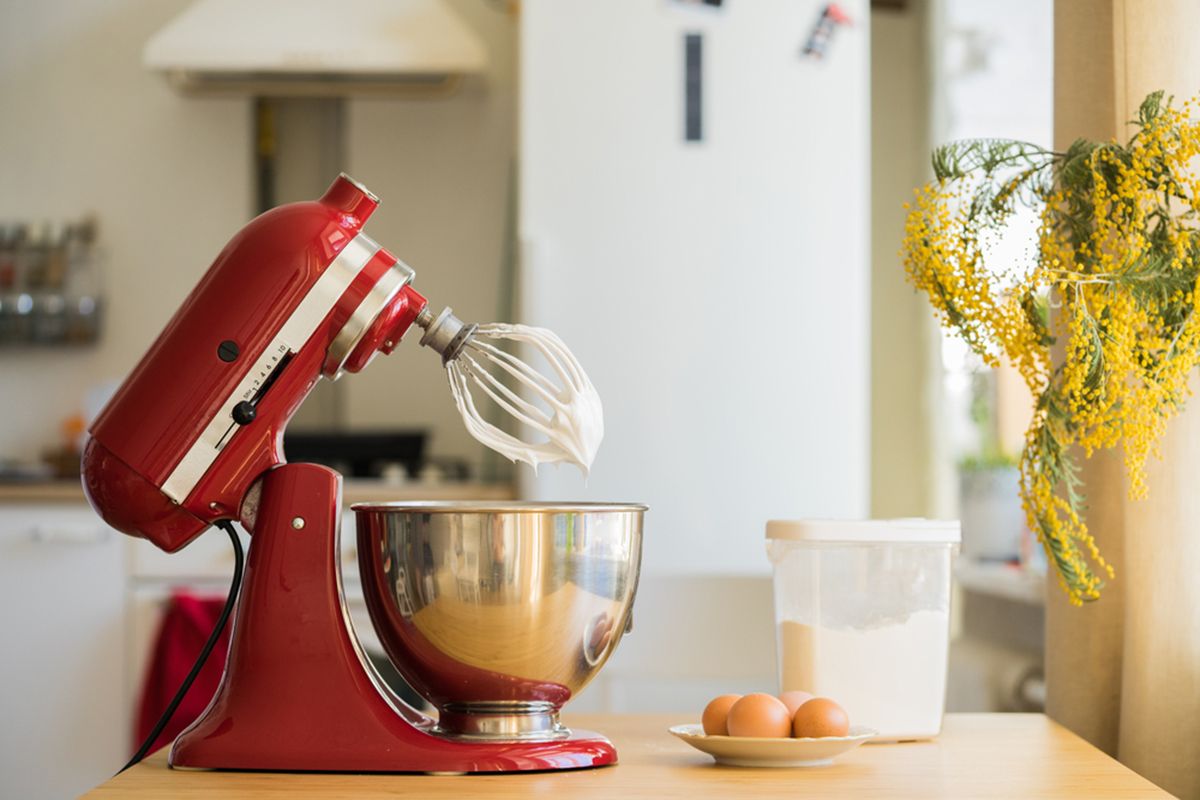
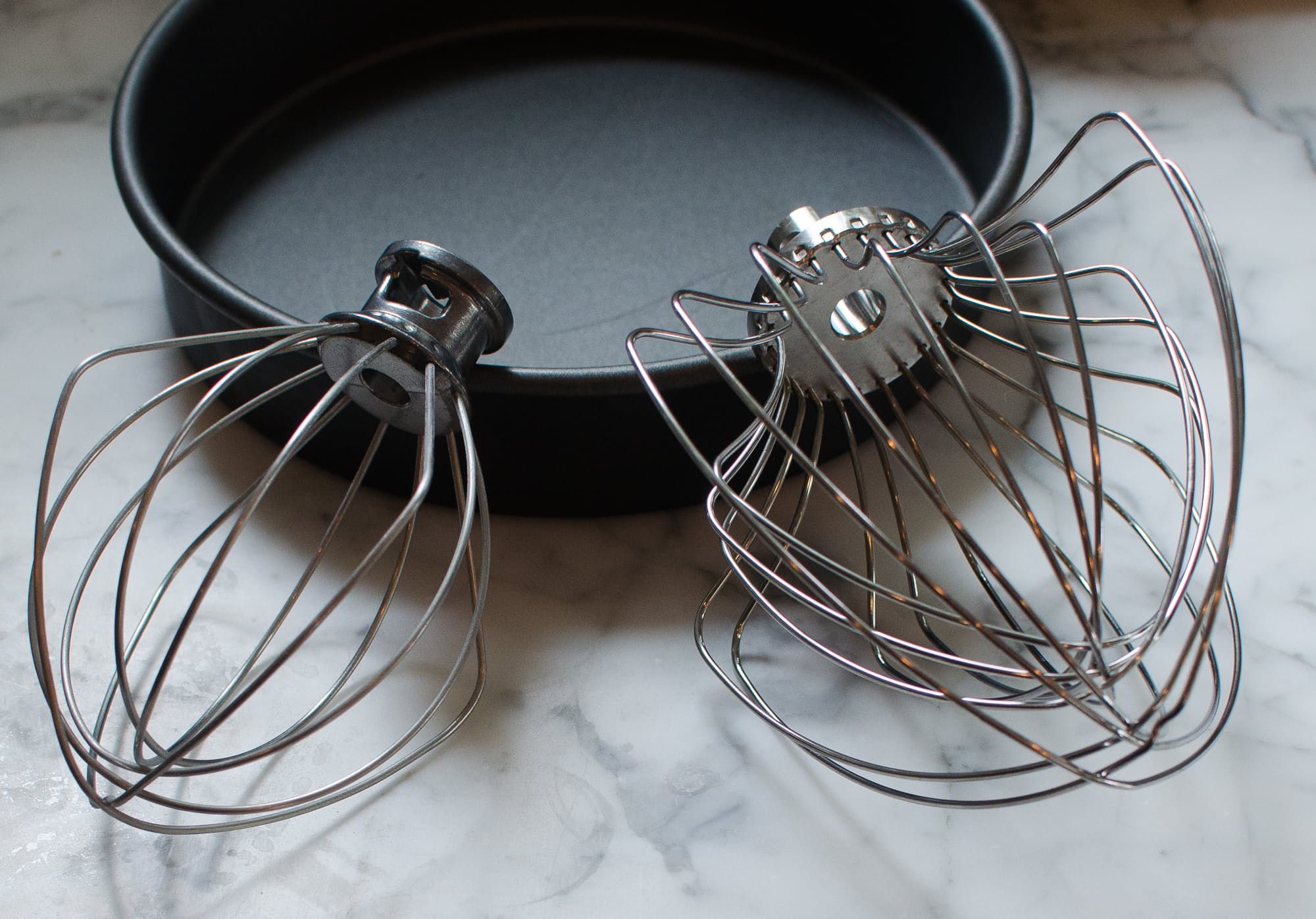
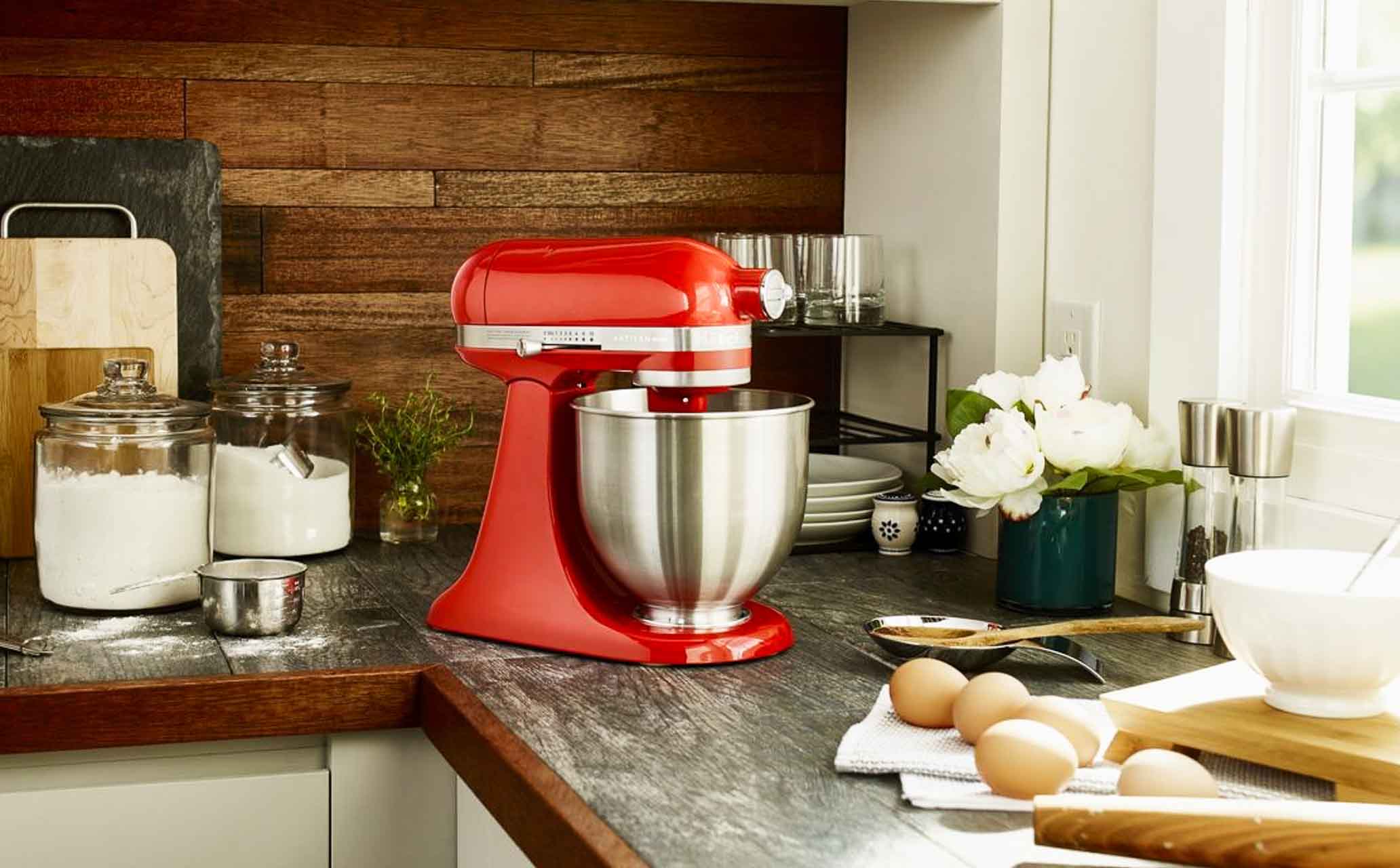
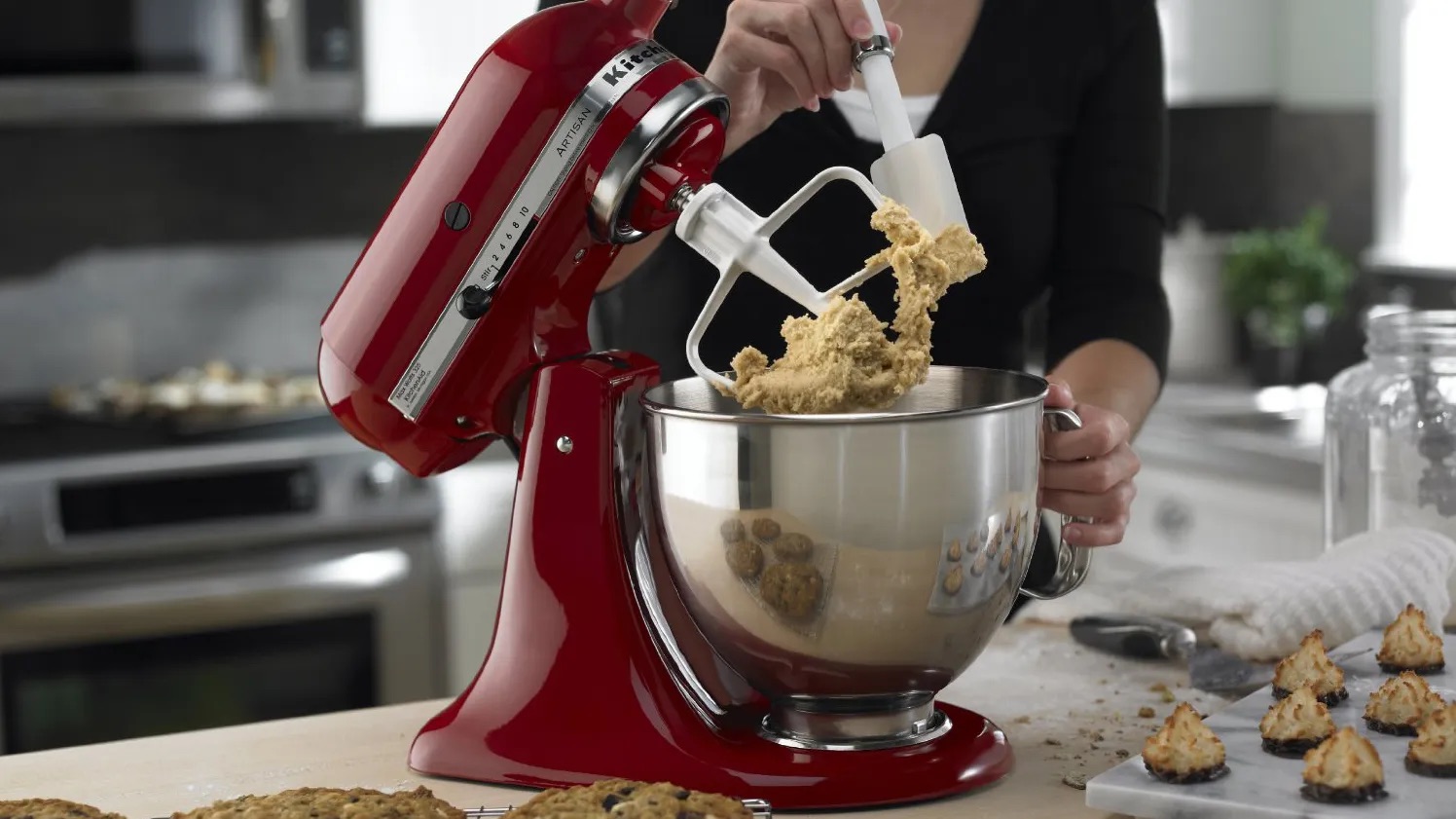

0 thoughts on “How Old Is My Kitchenaid Mixer By Serial Number?”